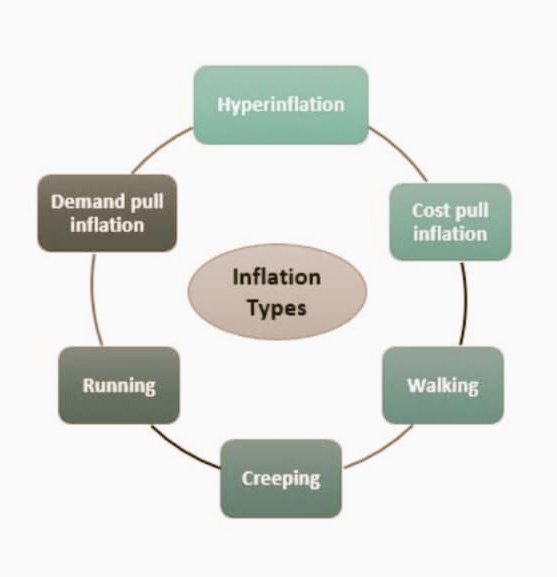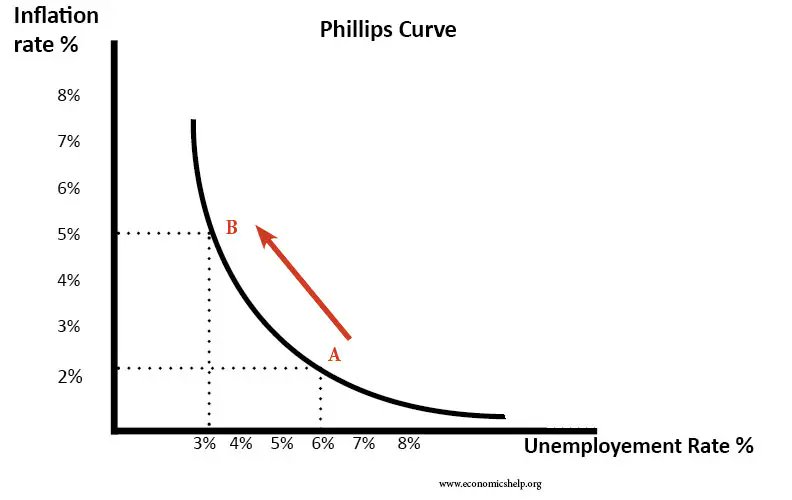Environmental Glossary
👉acidification: An increasing concentration of hydrogen ions (H+) in soil or water.
👉aerobic: Refers to an environment in which oxygen (O2) is readily available. Compare with anaerobic.
👉algal bloom: An event of high phytoplankton biomass.
👉acidification: An increasing concentration of hydrogen ions (H+) in soil or water.
👉aerobic: Refers to an environment in which oxygen (O2) is readily available. Compare with anaerobic.
👉algal bloom: An event of high phytoplankton biomass.
👉anthropogenic: Occurring as a result of a human influence.
👉aquifer: Groundwater resources in some defined area.
👉atmosphere: The gaseous envelope surrounding the Earth, held in place by gravity.
👉aquifer: Groundwater resources in some defined area.
👉atmosphere: The gaseous envelope surrounding the Earth, held in place by gravity.
👉autotroph: An organism that synthesizes its biochemical constituents using simple inorganic compounds and an external source of energy to drive the process.
#upsc
#upsc
• • •
Missing some Tweet in this thread? You can try to
force a refresh

 Read on Twitter
Read on Twitter











